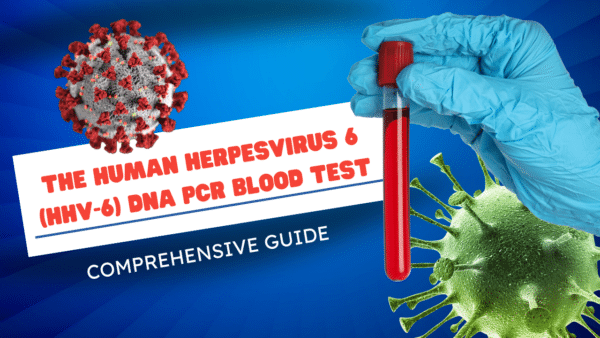Introduction
Insect stings can be a common occurrence during outdoor activities, but they can also lead to various reactions in individuals, ranging from mild irritation to severe allergic responses. It is essential to have a clear understanding of the types of reactions, preventive measures, and proper first aid techniques to ensure a safe and swift recovery. In this blog post, we will delve into the topic of insect stings, exploring the common types of stinging insects, symptoms of mild and severe reactions, preventive measures, and effective first aid procedures.
Common Stinging Insects
Wasps, Bees, hornets, yellow jackets, and fire ants are some of the common stinging insects that can cause discomfort and irritation when encountered. While their primary purpose is often self-defense, accidental encounters can lead to unpleasant consequences.
Mild Reactions to Insect Stings
Pain at sting point, redness, swelling, and itching around the sting site are typical symptoms of a mild reaction. These discomforts are often temporary and subside within a few hours or days.
To alleviate mild reactions, several first aid measures can be taken, including:
- Removing the stinger if visible by gently scraping it off the skin.
- Cleaning the affected area with soap and water to reduce the risk of infection.
- Applying a cold compress or ice pack wrapped in a cloth to the sting site to minimize swelling and pain.
- Over-the-counter pain relievers and antihistamines can be used to alleviate discomfort.
- Avoiding scratching the area to prevent the introduction of bacteria and infection.
Severe Allergic Reactions (Anaphylaxis)
While most insect stings result in mild reactions, some individuals may experience severe allergic responses known as anaphylaxis. Anaphylaxis is a life-threatening condition that requires immediate medical attention.
Symptoms of anaphylaxis may include:
- Difficulty breathing and shortness of breath.
- Swelling of the throat, tongue, or other body parts.
- Hives or widespread rash.
- Rapid heartbeat, dizziness, or fainting.
- Nausea, vomiting, or diarrhea.
If any signs of anaphylaxis occur, it is crucial to seek emergency medical assistance without delay.
Preventive Measures
To reduce the risk of insect stings, certain preventive measures can be implemented, including:
- Avoiding wearing bright-colored or floral-patterned clothing that can attract stinging insects.
- Using insect repellents, especially in areas known for stinging insects.
- Keeping food and beverages covered when eating outside to avoid attracting insects.
- Exercising caution when drinking from cans or bottles to prevent accidental stings.
- Taking care when engaging in outdoor activities near nests or hives.
When to Seek Medical Help
While most insect stings can be managed with appropriate first aid, certain circumstances warrant medical attention, such as:
- Previous severe allergic reactions to insect stings.
- Symptoms of anaphylaxis, even if they appear mild at first.
- Worsening of the reaction or if it covers a larger area of the body.
- Signs of possible infection, such as increased pain, warmth, redness, or pus around the sting site.
Conclusion
Insect stings, though common, can cause a range of reactions from mild irritation to severe allergic responses. By understanding the types of reactions, taking preventive measures, and applying proper first aid techniques, individuals can minimize discomfort and ensure a prompt recovery. Remember, when in doubt or facing severe symptoms, it is recommended to seek immediate medical assistance. Stay informed, be prepared, and enjoy your outdoor adventures with peace of mind.

